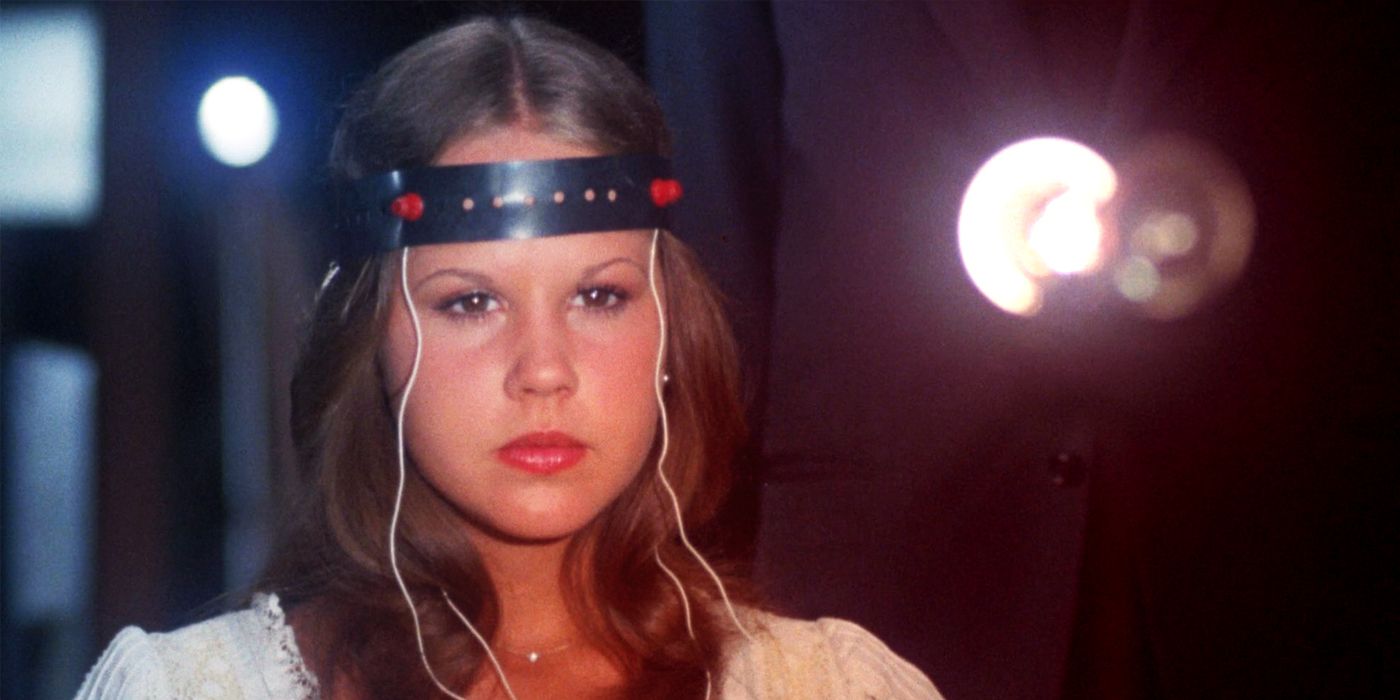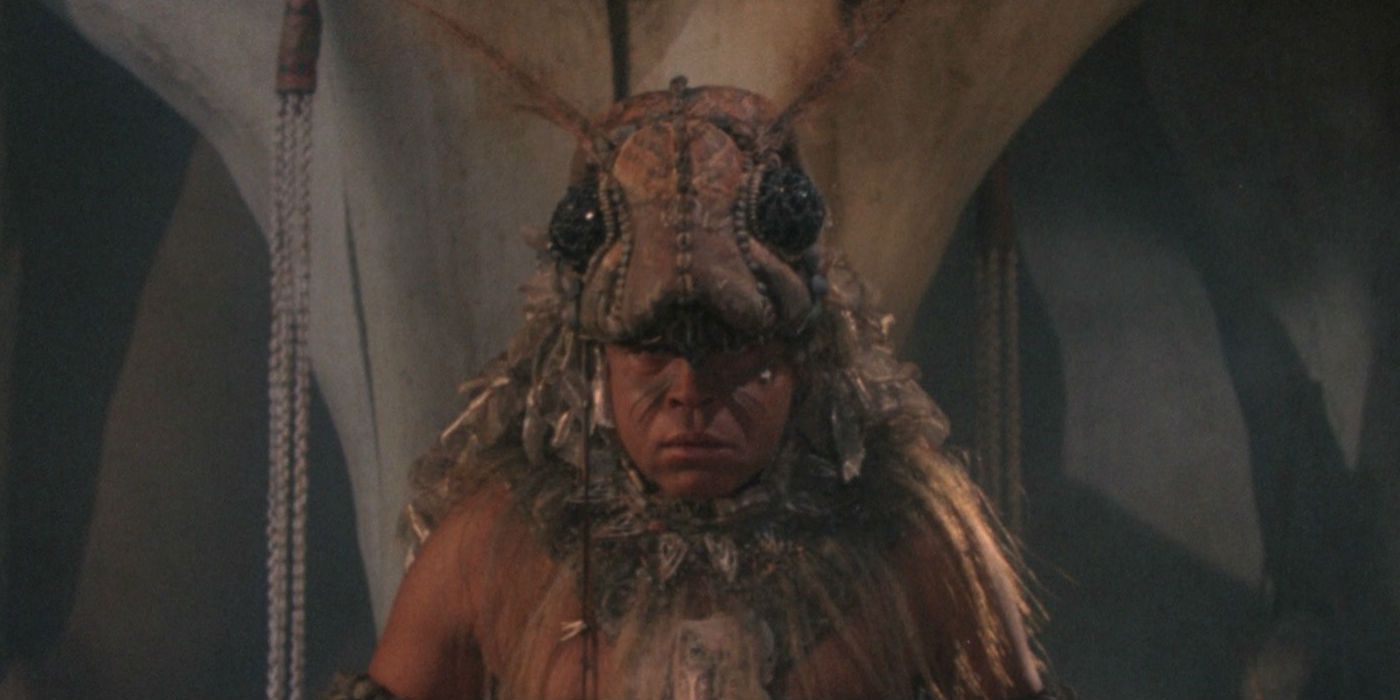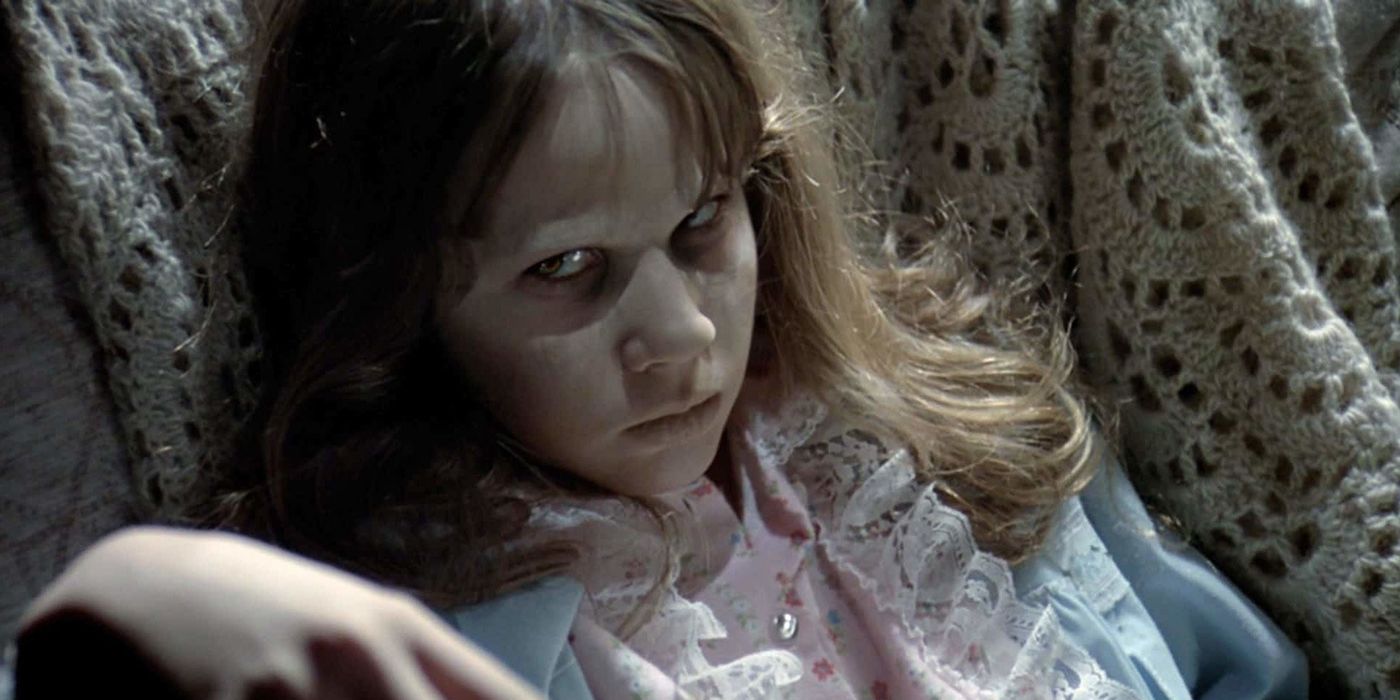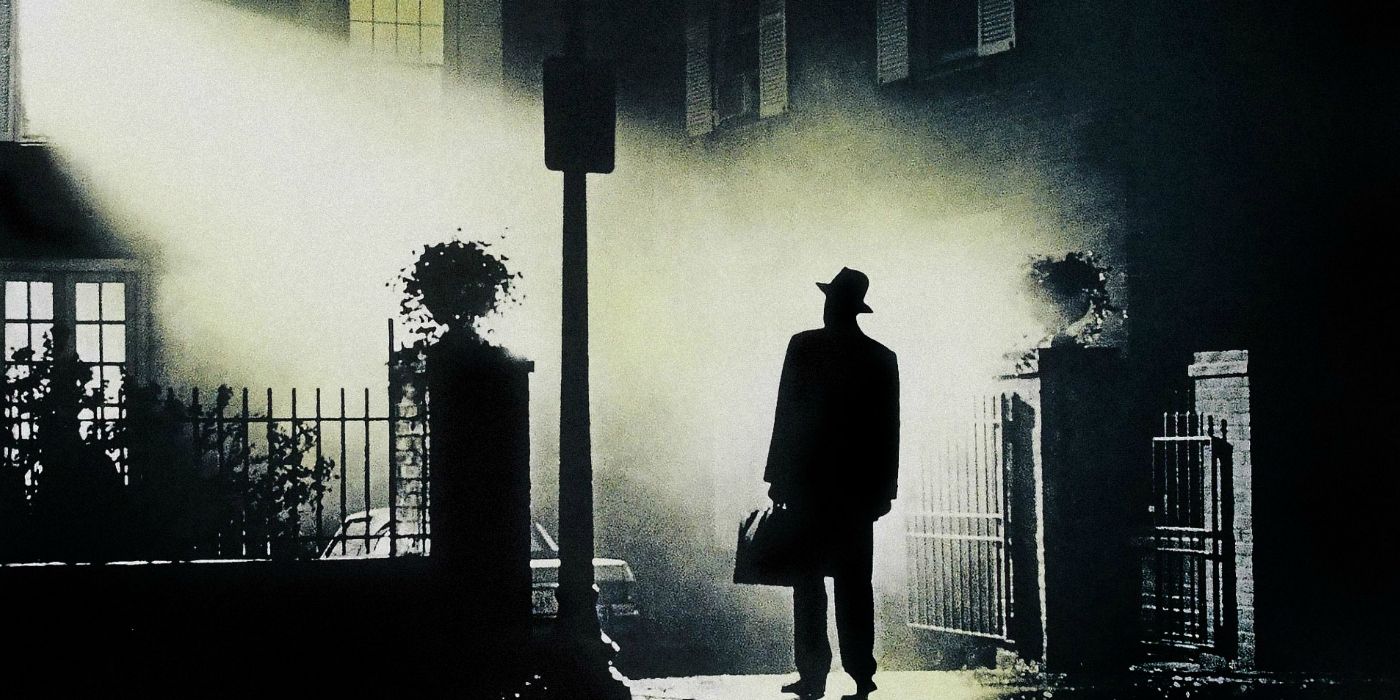The iconic horror classic The Exorcist is set to receive a direct sequel in 2023 from 2018’s Halloween director David Gordon Green, but what are the sequel mistakes that this follow-up film needs to avoid? Released in 1973, director William Friedkin’s The Exorcist has the impressive accolade of being not only one of the scariest horror movies ever made but also one of the most critically acclaimed. While later releases such as Halloween and The Shining were not appreciated by many critics until decades after their cinematic debuts, The Exorcist was praised as a masterpiece despite (or because of) its intense content and even earned numerous Oscar nominations including Best Picture and Best Director.
As such, it may come as a surprise for some horror fans to learn that the movie never spawned a successful franchise. From Friday the 13th to A Nightmare On Elm Street, franchises with countless sequels are commonplace in horror cinema, which makes the lack of a lucrative Exorcist series surprising — that is, until fans watch The Exorcist’s sequels. The series includes two direct sequels and two prequels, none of which were anywhere near popular enough to sustain a franchise or to compare with the iconic original.
The first sequel, 1977’s Exorcist II: The Heretic, boasts the embarrassing feat of being one of the worst-reviewed horror movies ever, while 1990’s The Exorcist III is an underrated psychological horror/police procedural mashup that could not recapture the intensity or impact of the original Exorcist despite being a big improvement. The pair of prequels, meanwhile, were critical disasters, both released within a year of each other and both considered new lows for the franchise (although Dominion fared marginally better than The Exorcist: The Beginning). Now, fresh off reinvigorating the Halloween franchise with the new trilogy Halloween, Halloween Kills, and Halloween Ends, director David Gordon Green is helming a direct sequel to The Exorcist set to hit cinemas in 2023. So, what are the sequel mistakes that this new outing will need to avoid if it wants to compare favorably with the inimitable original?
Bigger Is Not Better For Exorcist Sequels
The first and most important issue for The Exorcist sequel to avoid is the question of scale. The idea that “bigger is better” has long plagued the horror genre, where slow-burn atmospheric chills often win audience favor and more bombastic, big-budget outings tend to fail with critics. This has proven true for everything from The Conjuring franchise to the Blair Witch and its much-maligned sequel The Book of Shadows, but it has rarely been more accurate than in the case of The Exorcist. The original movie won critical acclaim and audience approval with its small cast, limited setting (much of The Exorcist’s action is limited to a single house), and simple story, while director John Boorman’s much-derided sequel failed precisely because the franchise outing massively increased the story’s scale.
Exorcist II: The Heretic, with its goofy sci-fi elements, too-ambitious dream apocalyptic dream sequences, and bizarrely convoluted mythology, was less like the original movie and more akin to the Idris Elba horror flop The Reaping. Like that later religious horror, Boorman’s movie made an admirable stab at realizing large-scale Biblical plagues onscreen but failed to realize that this undeniably ambitious decision strayed far from the small-scale horror of The Exorcist and failed to scare viewers as a result. Although Exorcist II: The Heretic featured plagues of locusts, telekinesis, and all manner of goofy, out-there imagery, the movie never brought back the terrifying simplicity of containing a monstrous evil in an innocent child, a disturbing prospect that no amount of large-scale chaos could replicate.
Don’t Try To Outdo The Exorcist’s Impact
One major issue with The Exorcist’s sequels is their inability to recreate the impact of the original movie, a problem that also plagued the Texas Chainsaw Massacre and Halloween franchises. The Exorcist in particular had a massive cultural impact at the time of its release and, although many of its most memorable scenes have been parodied in the decades since, the movie maintains a reputation as one of the scariest ever made for good reason. Few mainstream horror movies have been able to outdo the sheer shock value of the infamous crucifix sequence alone, which could prove problematic should Green’s sequel try to recreate the original movie’s impact. Attempting to one-up or outdo this horrifying moment in a contemporary sequel could easily lead Green’s movie into tasteless exploitative territory. This is doubly true when the limits of onscreen gore and explicit content have been expanded massively since the release of Friedkin’s original and there are few taboos left that can legitimately appall a contemporary audience the way The Exorcist did in 1973.
Stick To The Exorcist’s Slow, Subtle Horror Style
Like many horror movies of its era, The Exorcist is a surprisingly slow, thoughtful character study for much of its runtime, and the movie’s languid pacing draws viewers into a false sense of security to great effect. It is a long stretch before the earliest shocks occur, such as the first appearance of Captain Howdy, and almost halfway through the movie before the titular exorcism even begins. As tempting as it will be for Green and company to give The Exorcist the 2018 Halloween treatment and up the gore, body count, and pace of the original, the sequel would do well to stick with the slow, deliberate pace of the 1973 movie, as this gradual build-up contributes to the movie’s overwhelming atmosphere of dread.
The overwhelmingly negative response to Neill Blomkamp’s recent sci-fi horror Demonic proves that audiences are not necessarily interested in a playful subversion of possession tropes, and this combined with the popularity of the original Conjuring franchise proves that The Exorcist’s best route is to stick with the slow burn subtlety of the original movie. Like any extremely belated sequel, David Gordon Green’s 2023 follow-up to The Exorcist will have a hard time pleasing fans of the classic original. That said, keeping the original movie’s subtle, slow brand of horror, not attempting to outdo its infamous shocks, and ensuring the project’s scale is not over-ambitious could all improve The Exorcist sequel’s chances of success.




